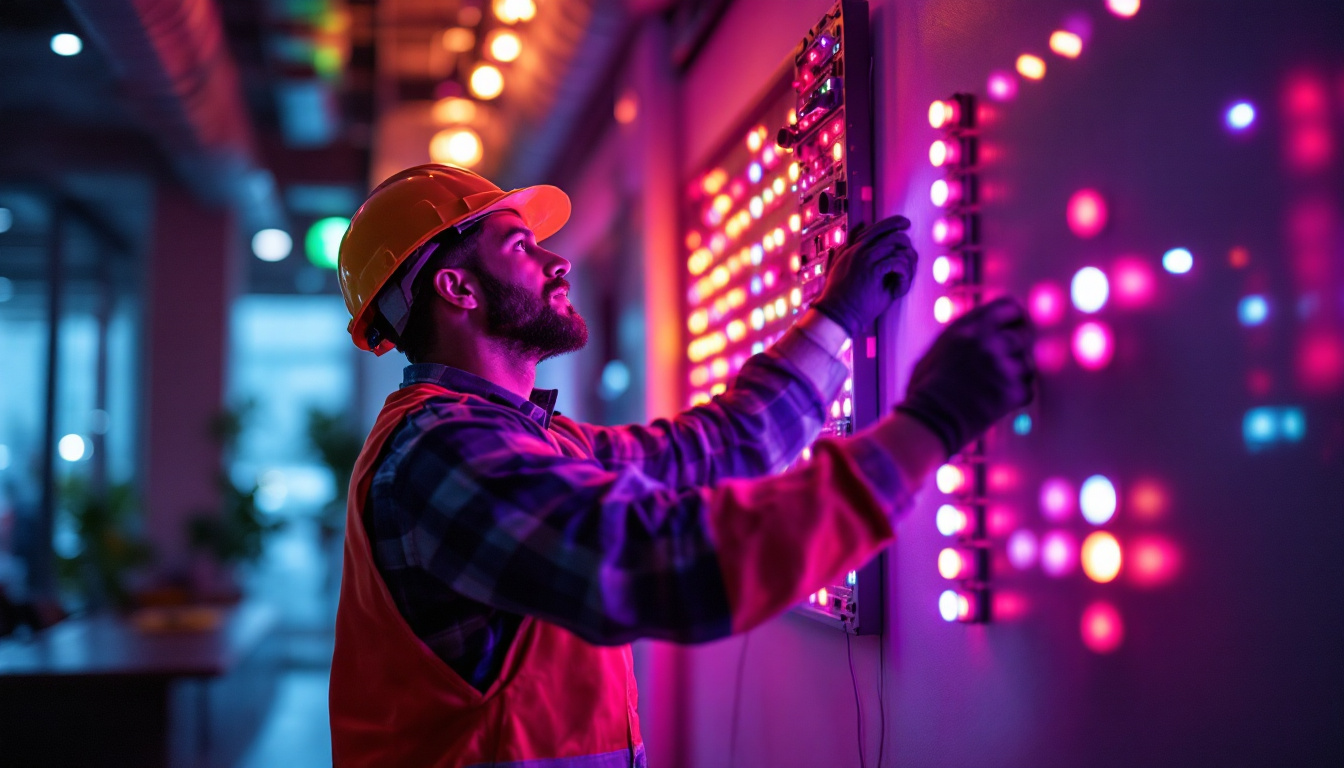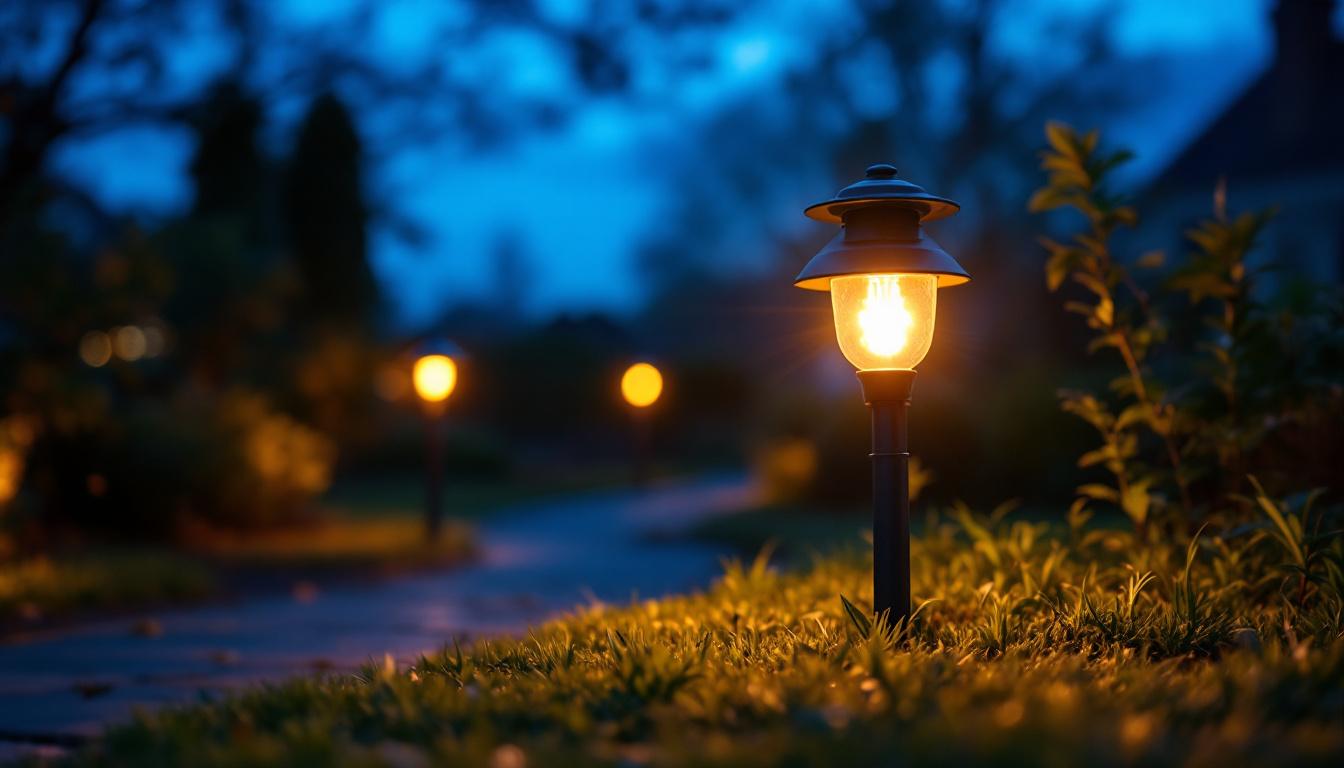
As the demand for innovative and energy-efficient lighting solutions continues to grow, LED RGB lights have emerged as a popular choice among both consumers and contractors. These lights not only offer a wide spectrum of colors but also provide flexibility in design and functionality. However, working with LED RGB lights requires a unique understanding of their capabilities and limitations. This article outlines essential do’s and don’ts for lighting contractors to ensure successful installations and satisfied clients.
LED RGB lights are celebrated for their versatility and energy efficiency. They can be used in various applications, from residential to commercial settings, enhancing ambiance and aesthetics. Understanding these advantages can help contractors better serve their clients and make informed recommendations.
One of the primary benefits of LED technology is its energy efficiency. LED RGB lights consume significantly less power compared to traditional incandescent or halogen bulbs. This not only reduces electricity bills for clients but also contributes to a smaller carbon footprint. When discussing options with clients, highlighting the long-term savings associated with LED RGB lights can be a persuasive selling point. Additionally, the longevity of LED lights—often lasting up to 25,000 hours or more—means that clients will spend less on replacements and maintenance over time, further enhancing their overall savings.
LED RGB lights offer a wide range of colors, allowing for customization that can transform any space. Whether it’s creating a cozy atmosphere in a living room or a vibrant environment in a commercial setting, the ability to change colors easily is a major advantage. Contractors should familiarize themselves with various control systems that allow clients to adjust colors and brightness to suit their needs. Moreover, the integration of smart technology with LED RGB lights has opened up new possibilities. Clients can now control their lighting through smartphone apps or voice-activated devices, enabling them to set the mood for different occasions effortlessly. This level of convenience and personalization can significantly enhance the user experience, making it an attractive feature for potential buyers.
Another noteworthy advantage of LED RGB lights is their durability. Unlike traditional bulbs that are fragile and prone to breakage, LEDs are constructed with solid materials, making them resistant to shocks and vibrations. This durability is particularly beneficial in high-traffic areas or outdoor settings where lights may be exposed to the elements. Furthermore, LED RGB lights emit very little heat compared to incandescent bulbs, reducing the risk of burns or fire hazards. This safety aspect is especially important for families with children or pets, as it provides peace of mind while enhancing the home’s aesthetic appeal.
The environmental impact of LED RGB lights cannot be overlooked. As they contain no toxic materials like mercury, which is commonly found in fluorescent lights, they are a safer choice for both the environment and human health. Additionally, the energy savings associated with LED technology contribute to reduced greenhouse gas emissions, making them a more sustainable lighting option. Educating clients about the ecological benefits of switching to LED RGB lights can not only help them make informed decisions but also align with the growing trend of eco-conscious living. As more individuals and businesses seek to reduce their environmental footprint, promoting LED RGB lights can position contractors as responsible and forward-thinking professionals in the industry.
To ensure successful installations and satisfied clients, there are several best practices that lighting contractors should follow when working with LED RGB lights.
Before diving into installations, it is crucial for contractors to have a solid understanding of LED RGB technology. Familiarize yourself with how RGB color mixing works and the differences between various types of LED products. This knowledge will enable you to make informed decisions and provide better recommendations to clients. Additionally, understanding the various control systems available, such as DMX and Wi-Fi-enabled controllers, can greatly enhance the versatility of your installations. Knowing how to integrate these systems allows for dynamic lighting changes and can elevate the overall user experience, making your services more appealing.
Planning the layout is essential for achieving the desired lighting effects. Consider the space’s dimensions, the intended use of the area, and the desired mood. Use design software or tools to visualize how the lights will interact with the space. Proper planning helps in avoiding common pitfalls such as uneven lighting and color clashes. Moreover, take into account the placement of furniture and architectural features that may affect light distribution. For instance, reflective surfaces can enhance brightness, while darker materials may absorb light. By analyzing these elements, you can create a more harmonious ambiance that complements the overall design of the space.
Investing in high-quality LED RGB lights is non-negotiable. Cheap products may save money upfront but can lead to issues down the line, such as poor color rendering, short lifespan, or inconsistent performance. Always source products from reputable manufacturers and suppliers to ensure reliability and customer satisfaction. Furthermore, consider the importance of warranties and customer support when selecting products. A solid warranty can provide peace of mind for both you and your clients, while responsive customer support can assist in troubleshooting any issues that may arise post-installation. This attention to detail not only enhances your reputation as a contractor but also fosters long-term client relationships.
While there are many best practices to follow, there are also common mistakes that contractors should avoid to ensure a smooth installation process and optimal performance of LED RGB lights.
LEDs generate heat, and proper heat management is essential for maintaining their performance and longevity. Avoid installing LED RGB lights in enclosed spaces without adequate ventilation. Ensure that fixtures are rated for the intended environment, and consider using heat sinks or fans if necessary to dissipate heat effectively.
Compatibility between LED RGB lights and control systems is critical. Before installation, verify that the chosen lights are compatible with the dimmers, controllers, and smart home systems being used. Ignoring this aspect can lead to functionality issues and client dissatisfaction.
Rushing through the installation can lead to mistakes that may compromise the quality of the lighting. Take the time to double-check wiring, connections, and settings. A thorough installation process not only ensures optimal performance but also builds trust and credibility with clients.
Having the right tools and equipment is vital for successful LED RGB light installations. Below are some essential items that contractors should have on hand.
Testing equipment such as multimeters and voltage testers are essential for ensuring that electrical connections are safe and functioning correctly. These tools help in diagnosing issues before they become significant problems, ensuring a smooth installation process.
Investing in reliable control systems is crucial for maximizing the potential of LED RGB lights. Whether using remote controls, wall-mounted panels, or smart home integrations, having the right control systems can enhance user experience and satisfaction. Familiarize yourself with various options available in the market to provide clients with the best solutions.
When working with LED RGB lights, design considerations play a significant role in achieving the desired outcome. Understanding how to effectively incorporate these lights into a space can elevate the overall aesthetic.
Layering light is a fundamental design principle that involves using multiple light sources to create depth and dimension. When incorporating LED RGB lights, consider combining them with ambient, task, and accent lighting. This approach not only enhances functionality but also allows for greater flexibility in color and intensity.
LED RGB lights can be used to highlight specific areas or features within a space. Whether it’s artwork, architectural details, or landscaping, strategically placing LED RGB lights can draw attention to these focal points. Contractors should work with clients to identify areas that would benefit from enhanced lighting and color effects.
Proper maintenance is essential for ensuring the longevity and performance of LED RGB lights. Educating clients on maintenance practices can help them get the most out of their investment.
Dust and dirt can accumulate on LED fixtures, affecting their performance and appearance. Encourage clients to clean their lights regularly using a soft, dry cloth. For more stubborn grime, a damp cloth with mild soap can be used, but ensure that the fixtures are powered off and cool before cleaning.
Clients should be advised to monitor the performance of their LED RGB lights regularly. If lights flicker, change color unexpectedly, or fail to turn on, it may indicate a problem with the fixture or the control system. Promptly addressing these issues can prevent further complications and ensure consistent performance.
The lighting industry is continually evolving, and staying informed about future trends can help contractors remain competitive and innovative. Here are some trends to watch.
Smart home technology is on the rise, and integrating LED RGB lights into these systems is becoming increasingly popular. Homeowners are looking for ways to control their lighting through smartphones, voice assistants, and automation systems. Contractors should stay updated on the latest smart lighting technologies to offer clients comprehensive solutions.
As sustainability becomes a priority for many consumers, the demand for eco-friendly lighting solutions is increasing. LED RGB lights are already energy-efficient, but contractors can further enhance their offerings by promoting products made from sustainable materials or those that support energy-saving initiatives.
LED RGB lights present a wealth of opportunities for lighting contractors, but they also come with specific challenges. By following the outlined do’s and don’ts, contractors can ensure successful installations that meet client expectations. Understanding the technology, planning layouts carefully, and using quality products are essential steps in this process. Additionally, staying informed about industry trends and maintenance practices will help contractors provide exceptional service and remain competitive in a rapidly evolving market.
Ready to elevate your lighting projects with the best LED RGB lights on the market? Look no further than LumenWholesale. Our commitment to quality and affordability ensures you have access to spec-grade lighting products that will impress your clients and enhance any space. With unbeatable wholesale prices and the convenience of free shipping on bulk orders, you can trust LumenWholesale to provide the high-performance lighting solutions you need. Don’t let inflated markups and hidden fees hold you back. Choose LumenWholesale for the perfect blend of quality, affordability, and convenience. Wholesale Lighting at the Best Value is just a click away.

Discover the benefits of 8ft LED shop lights with insights from expert lighting contractors.

Discover the crucial aspects lighting contractors frequently miss when working with Hydrofarm systems.

Discover essential tips for lighting contractors to enhance outdoor patio spaces with solar lighting.

Discover the essential benefits and considerations of LED dusk to dawn light bulbs for lighting contractors.